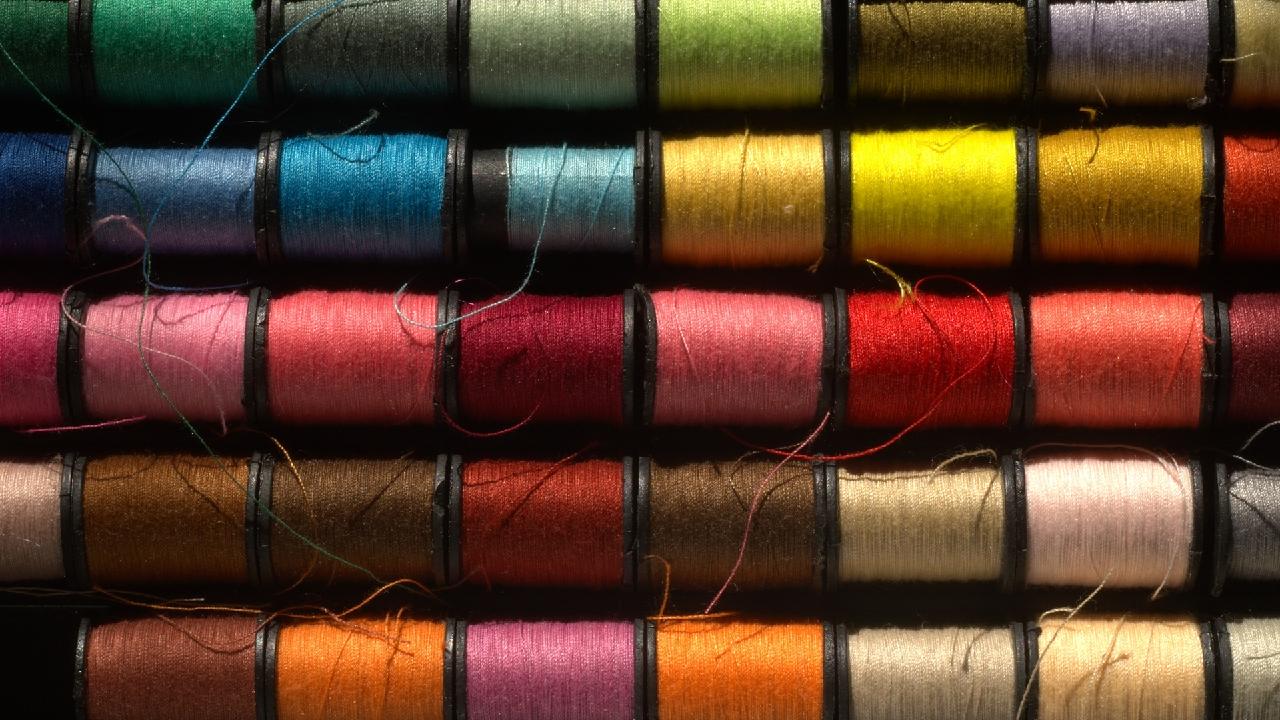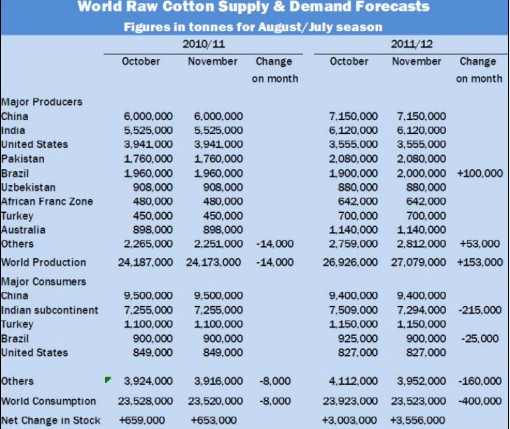|
Sporting eye-catching colors and various designs, Chinese garments have outperformed the Vietnamese counterparts in markets around Ho Chi Minh City though their prices are much higher. V, a jeans trader in Tan Binh Market, said Vietnamese garments had failed to compete with their Chinese counterparts over the last year despite their lower prices. Though a pair of Vietnam-made jeans cost only VND160,000 (US$7.7), its sale was extremely poor, while the Chinese jeans at double the price were selling very well, he said. Linh, who runs a T-shirt booth in An Dong Market, said locally-made clothes had made many improvements in design and quality but still failed to compete with Chinese products. ¡°Chinese garments cost between VND250,000 and VND400,000 apiece but still enjoy greater consumption than the Vietnamese ones, which cost only VND170,000,¡± she said. Many small traders in An Dong Market have switched to selling expensive Chinese garments exclusively, targeting the middle-aged consumers. ¡°Selling Chinese garments always has us worried of being fined by the market management authorities since the products do not have any receipts or invoices,¡± a small trader said. ¡°But we have to take risks to suit the market demand.¡± V of Tan Binh Market said despite their comparable quality to Chinese garments, Vietnamese products could only compete with Chinese clothes that have plain or simple designs. ¡°In the market segment of T-shirt for women above 35 years old, Vietnam-made garments are no match for them.¡± Small traders said Chinese garments often had many creatively stylized details, enabling them to easily catch the consumer¡¯s attention. ¡°Chinese garments always have a great variety of designs available for consumers¡¯ choices,¡± Giang, a small trader, said. Another strong point of Chinese garments, according to small traders, is that they are constantly kept up-to-date with the latest fashion trends. Meanwhile, other industry experts argued that Chinese garments could easily dominate small markets since they faced no competition from well-known Vietnamese garment manufacturers, who mostly sold their products through modern distribution channels such as supermarkets and shopping malls. Son Kim Fashion, who owns famous fashion brand names such as Wow and Jockey, said most Vietnamese brands had 70 percent of their products sold via modern distribution channels. ¡°Only a small proportion of the products are sold in small markets, which enables Chinese garments to easily dominate the high-quality segment,¡± the company said. For her part, Ngo Thi Bau, head of the fashion store chain Foci, said 50 percent of the raw materials for Vietnamese garments were imported from China. ¡°With this heavy dependence, it is not easy for locally-made products to dominate the domestic market.¡±
|
|
Chinese garments dominate local markets
Updated: 2011-12-5 Source: CTEI

Recommended News
Photo Gallery
Most Popular



